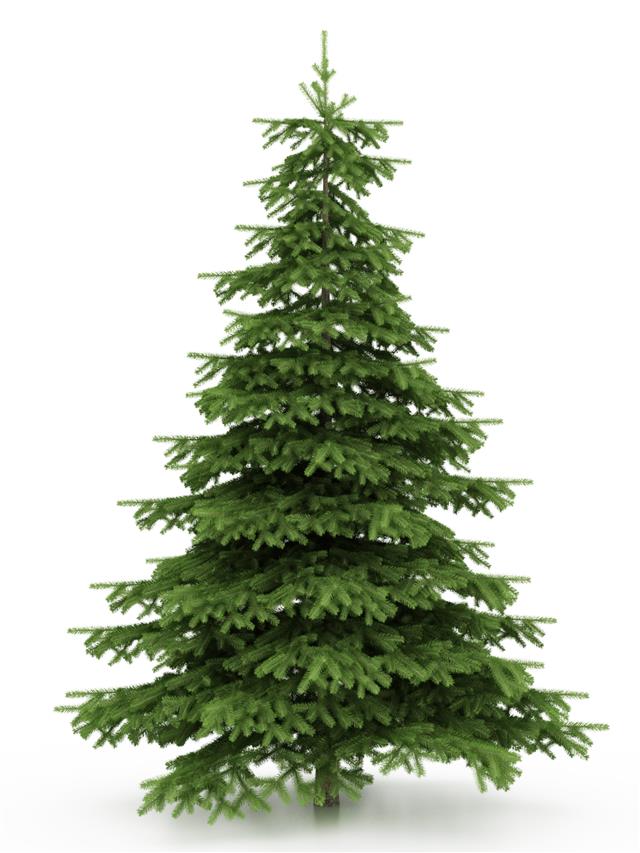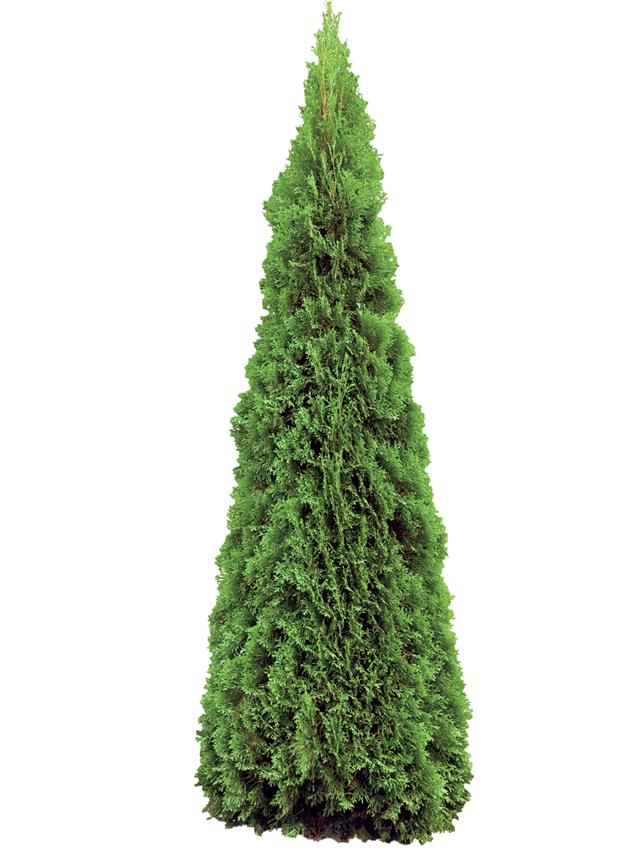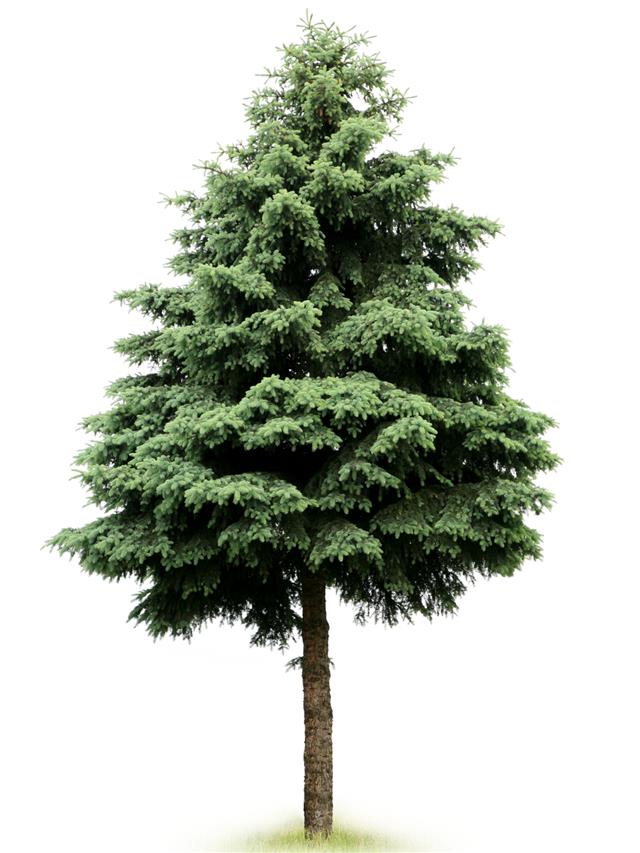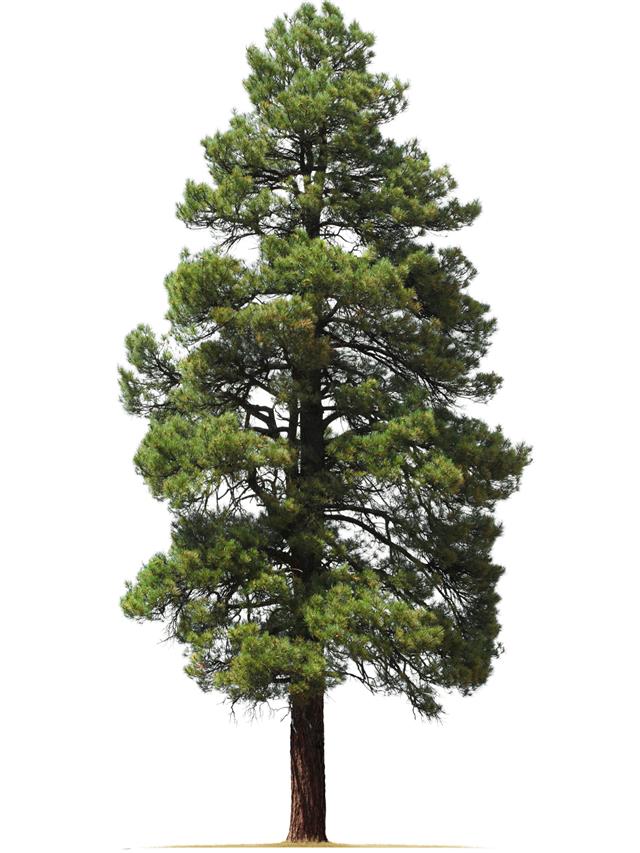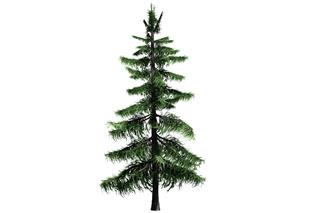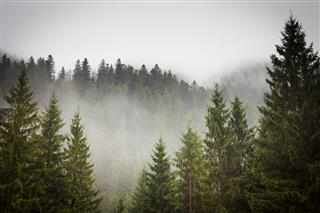
Coniferous trees are characterized by needle or scale like leaves and the presence of cones in matured trees. The naked seeds (not encased in fruits) of coniferous trees, reveal that they are more primitive than hardwood.
Also known as softwoods, coniferous trees are taxonomically classified under the order Coniferales and phylum Pinophyta. Since conifers are non-flowering, but seed producing plant, they are included in the plant group, gymnosperms. Besides cones, another characteristic feature of these trees are the needle or scale like leaves, which are very different from the broad shaped deciduous trees.
Interesting Facts
According to the evolutionary theory, coniferous trees are more primitive than the flowering plants. Fossil data reveals the evolution of conifers in the carboniferous period. Nevertheless, all of them have a well-developed vascular system. Despite the common name softwood, some coniferous trees have very hard woods. In fact, they are more tough and hard than the hardwood tree varieties. Discussed below are some of the amazing facts about coniferous trees, which you may find interesting:
- Identification of coniferous trees is done based on the leaves and cone. Say for example; pines and cedars have needle-shaped leaves, whereas scale like leaves are borne on matured cypress trees.
- Majority of the coniferous trees are evergreen, meaning they retain their green foliage throughout the year. While a very few species (e.g., tamarack and bald cypress) shed their leaves annually (deciduous habit).
- Coniferous trees are very diverse in their growth. There are coniferous shrubs as well, but the number of trees is higher than that of shrubs and bushes. The tallest tree species, redwood (about 300 feet tall and 8 feet wide) belongs to conifers.
- As mentioned already, the reproductive structure of conifers is cone. Pollination in coniferous trees is of anemophilous type, wherein wind transfers the pollens from male cone to the female cone for fertilization.
Types
Coming to types of coniferous trees, there are eight families under Pinophyta. In total, more than 600 species of conifers are identified till date. The reduced leaf structure is one character shared by all coniferous trees. This serves as an adaptive feature for surviving in the cold climatic conditions. Leaves may be retained for as long as 15 years, depending upon the species. Mentioned below are some common coniferous trees:
- Pine : The pine family consists of more than 100 species. Four types of leaves are borne in pine trees, viz. seed leaves, juvenile leaves, scale leaves, and needle leaves. These conifers are long-lived, some of which are known to survive for more than 1000 years.
- Fir : It is grown for creating a privacy screen and defining landscape. Some cultivars of firs can grow up to 12 inches per year. The variety balsam fir is known to survive for about 200 years and more. Like other common conifers, fir trees have soft wood that are used for making plywood.
- Cypress : The most widely distributed conifers are cypresses. This family comprises shrubs, while a few of them are trees. The leaves of cypress trees are needle like, but change to scales once the tree matures. Some varieties replace a portion of their leaves every year.
- Spruce : A commonly grown coniferous tree species, the spruce tree is remarkable for its rapid growth rate (about 12 inches per year). The branches are developed in a whorled pattern. Spruce has an attractive, conical-shaped canopy.
- Cedar : Native to very high altitudes and mountainous areas, cedar tree grows to a height of about 30-40 m. It is a popular ornamental plant in temperate regions. The wood has a mild scent and attractive texture, which makes it a valuable timber.
Coniferous trees are commercially important, in terms of food source, resin extraction, and timber production. As per researches, they are the largest carbon sink available naturally. Hence, these trees play a crucial role in the overall balancing of global climatic condition.
